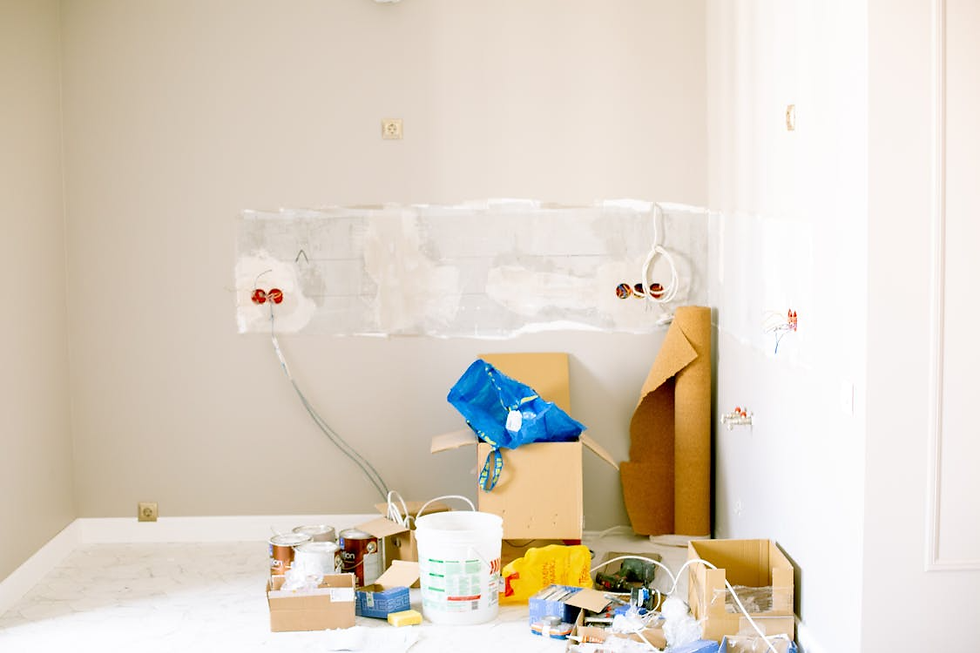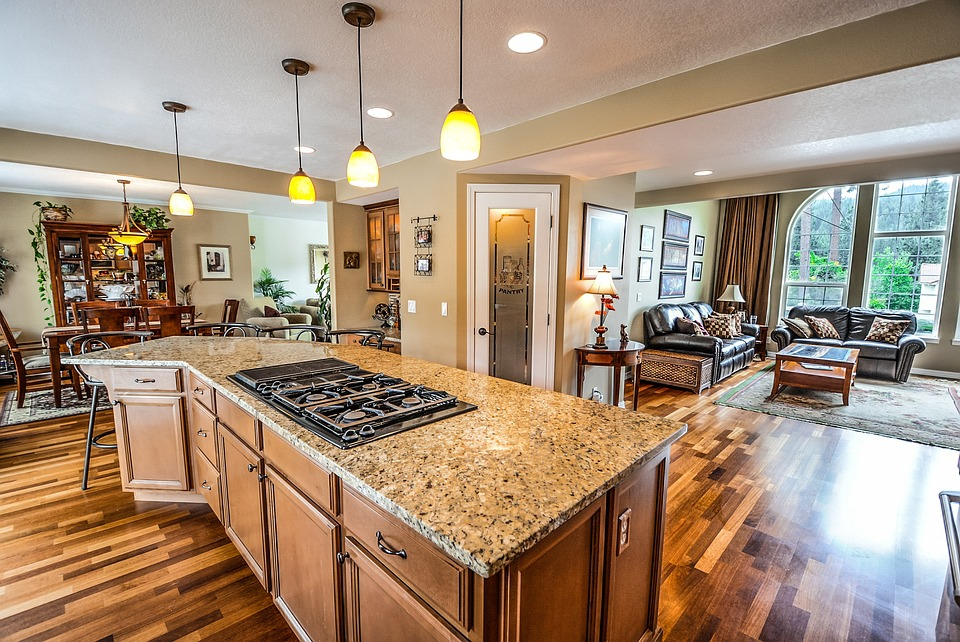What Matters When You’re Improving a Home
- Staff Desk
- Jul 21
- 4 min read
Updated: Oct 25
When enhancing a home, focus initially on structural integrity and utility improvements, then proceed with significant projects such as kitchen and bathroom remodels. Additionally, consider boosting energy efficiency, enhancing curb appeal, and concentrating on practical, high-value updates that align with your objectives for either long-term personalization or potential resale value.
Address the Core Before the Cosmetics
Before spending on flashy upgrades, it’s critical to start with the structural and functional basics that protect the home and prevent bigger problems later. Roofing, siding, electrical systems, and plumbing often get ignored until they fail, but they form the foundation for everything else. A leaking roof or faulty wiring can undo any investment in luxury finishes or high-end appliances. Routine inspections and timely repairs for these elements save money long term by preventing expensive emergencies.
Bathrooms, for example, are spaces where function meets constant wear and tear, making them a priority for upgrades that add real value. Working with Tampa bathroom remodeling experts can help homeowners modernize layouts, replace failing fixtures, and install materials that hold up against daily moisture and heavy use. Well-planned bathroom improvements can reduce water waste, prevent mold growth, and make the space easier to maintain, which directly boosts the home’s livability and resale value. Tackling rooms with high traffic and heavy utility early keeps them from becoming cost sinks while also delivering visible, practical benefits to daily life.
Energy Efficiency That Pays for Itself
After addressing the critical systems, improving energy efficiency should come next. Energy costs continue to climb across the country, and buyers increasingly favor homes that help them save long term. Insulating attics and walls, sealing gaps around doors and windows, and upgrading HVAC systems can cut utility bills substantially. These upgrades not only pay for themselves over time but also create a more comfortable living environment year-round.
Smart home technology further enhances these savings by automating heating, cooling, and lighting based on schedules and usage patterns. Devices like smart thermostats and adaptive lighting systems reduce unnecessary consumption while still meeting comfort needs. These changes also align with the broader push toward sustainability, as states and municipalities continue offering rebates and incentives for energy-efficient upgrades. For homeowners, the benefits show up in lower bills immediately and higher appeal to eco-conscious buyers in the future.

Spaces That Add Function Without Overcomplication
Renovations can become costly when focusing on over-customization or fleeting trends. Prioritizing functional updates ensures reasonable costs and lasting value. In kitchens, durable materials, efficient layouts, and modern appliances are preferable to ornate designs. These practical upgrades enhance daily use, improve storage, streamline workflows, and simplify cleaning, appealing to both current owners and future buyers.
Basements, garages, and attics also offer opportunities for value-driven improvements when they’re converted into functional spaces. Finishing these areas with moisture-resistant materials, practical lighting, and adequate climate control adds usable square footage without the expense of full additions. These changes deliver flexibility without creating complicated upkeep demands that can drive up future costs. Avoiding unnecessary complexity in design allows the improvements to stay relevant even as tastes change.
Outdoor Upgrades That Protect and Attract
Exterior work enhances curb appeal and protects the home, but should be balanced. Using native, low-maintenance plants in landscaping reduces upkeep and water use. Durable materials for paths, patios, and decks lower repair costs. Simple updates like new lighting and well-maintained fencing improve the property's appearance without requiring constant attention. These improvements impact both appraised value and buyer interest.
Weather-resistant upgrades, like improved drainage systems or reinforced siding, also protect the home from long-term damage. As storms and extreme weather events become more common in many regions, these elements are no longer optional extras but practical necessities. Homeowners who make these investments now can avoid the rising repair costs and insurance premiums that often follow climate-related damage.
Budgeting and Timing with Strategy
Renovations often feel overwhelming because too many projects are taken on at once or scheduled without considering market trends and personal timing. Breaking upgrades into phases allows for better cost management and fewer disruptions. Essential repairs and efficiency updates should come first, with aesthetic and discretionary projects scheduled later when finances and schedules allow.
Market conditions also matter when deciding what to prioritize. Rising interest rates, fluctuating home prices, and increased buyer scrutiny mean that improvements offering tangible, practical benefits often yield the highest returns. Owners who plan projects with these factors in mind avoid overspending on features that may not add real value in the current market. Strategic pacing and prioritization turn home improvements from a source of stress into a process that builds value steadily over time.
Why Prioritizing Practicality Now Pays Off
The housing market's unpredictability has increased maintenance and upgrade costs. Focusing on efficiency, durability, and functionality in home improvements can mitigate rising expenses and fluctuating property values. Buyers prefer homes needing no immediate repairs, and long-term residents benefit from reduced operating costs and fewer emergencies.
This shift reflects a trend towards renovations that simplify ownership, focusing on energy efficiency, resilient materials, and functional spaces. As costs rise and supply chain delays persist, prioritizing essential upgrades—protecting the structure, reducing costs, and enhancing daily life—maximizes homeowner investment without unnecessary stress.
By taking this approach, households can avoid the pitfalls of trend-chasing and chaotic project timelines. Instead, they gain homes that feel more stable, cost less to run, and retain their appeal no matter what the market throws at them.




Comments